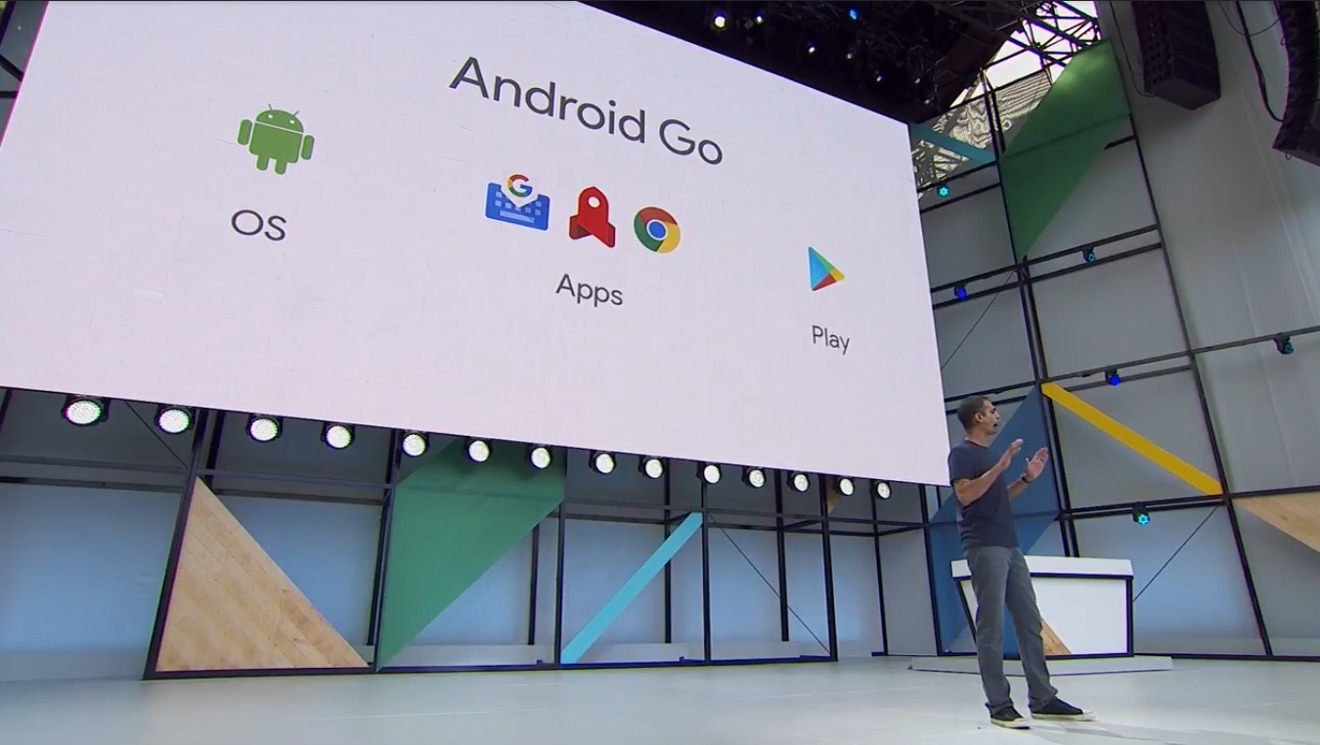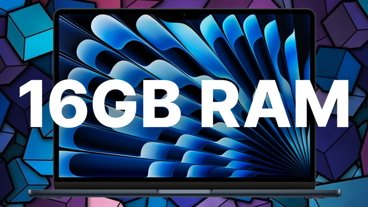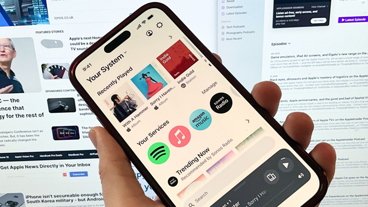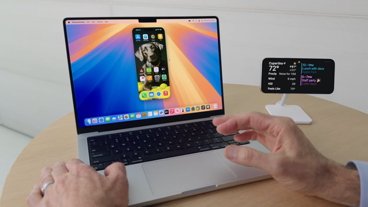Google reveals 'Android Go' operating system optimized for low-specification smartphones
Google is doubling down on increasing Android's market share in emerging markets with the creation of 'Android Go,' a version of Android O optimized for lower-specification entry-level Android devices and the bandwidth constraints of local infrastructure where those devices are sold.
Android Go is designed to be used on smartphones and tablets with 1 gigabyte of memory or less. Able to be used with just 512 megabytes of RAM, the modified Android O will be optimized to minimize power usage, prolonging battery life while still trying to keep apps running as smoothly as possible.
To keep data allowance usage to a minimum, data management tools will be made as visible as possible to users. An API will be made available to carriers, letting users see their account's usage from within their smartphone's settings, and to top up from within the same menus.
Google is also producing versions of its own apps that use less memory and storage space, as well as reducing the amount of data each one uses. Versions of YouTube Go, Chrome, and Gboard with these requirements in mind will be included in the operating system, with Chrome's Data Saver feature enabled by default.
A customized version of the Google Play Store will be available from Android Go devices that will highlight third-party apps optimized for the operating system. These apps need to take up less than 10MB of storage and have a useful offline state in order to be considered for highlighting in the store, as well as appropriate battery usage and memory requirements.
Google plans for Android Go to be an ongoing project for future iterations of Android. Starting with Android O, all devices shipping in 2018 with 1GB of RAM or less will have a Go configuration option, with later Android versions expected to undergo the same treatment.
Android Go is likely to be welcomed by device producers in emerging markets, due to the lower specification hardware necessitating the use of older, more compatible versions of Android. Older versions of Android pose a security risk to device owners compared to more recent releases, so gaining access to the latest version of the operating system should help customers become more secure.
A previous attempt by Google to take on emerging markets took aim at device hardware, rather than software. The Android One" initiative involved Google working with local device vendors to produce low-cost smartphones for each market, with Google providing hardware reference designs to lower development costs and speed up production.
Apple has also been making moves on emerging markets, including selling a 32GB-capacity iPhone 6 in China, Taiwan, and India earlier this year. Apple has also commenced production of the iPhone SE in India as part of requirements to open its own retail outlets in the region, a move that could cut the cost of the device by up to $100 in the country.
 Malcolm Owen
Malcolm Owen














 Amber Neely
Amber Neely
 Thomas Sibilly
Thomas Sibilly
 AppleInsider Staff
AppleInsider Staff
 William Gallagher
William Gallagher

 Christine McKee
Christine McKee










36 Comments
Smart move to fork the OS, keeping the lowest common denominator off their bread and butter, potentially elevating the platform.
Ready, set, Android Go!
The race to the bottom begins!
windows me-ification of android!